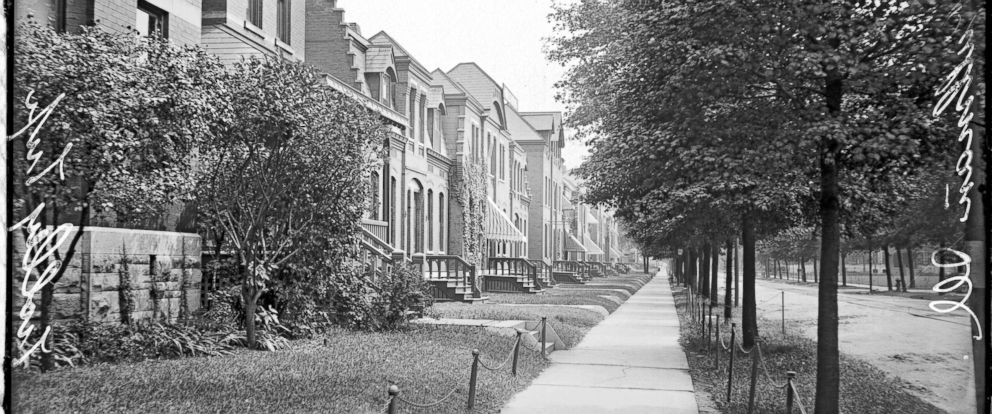

The conflict was deep and bitter, and it seriously disrupted American railroad service.

The result was an impasse, with railroad workers in and around Chicago refusing to operate passenger trains. The union told the railroads that their trains could operate without the Pullman cars, but the railroads insisted that they had contracts with the Pullman Company requiring them to haul the sleeping cars. To bring pressure on Pullman, the union asked trainmen to refuse to run trains on which Pullman sleeping cars were attached. The ARU enjoyed wide influence among the workers who operated trains. The Pullman workers joined the ARU, and Debs became the leader of the Pullman strike. The American Railway Union (ARU), led by Eugene Debs, was trying to organize rail workers all across the country. When the firm slashed its work force from 5,500 to 3,300 and cut wages by an average of 25 percent, the Pullman workers struck. During that depression, Pullman sought to preserve profits by lowering labor costs. The Pullman workers, however disagreed, especially after the onset of the economic depression that begain in 1893. Pullman publicized his company town as a model community filled with contented, well-paid workers. The company's manufacturing plants were in a company-owned town on the outskirts of Chicago. Pullman portrait from The Illustrated American (July 14, 1994: 65) The Pullman Company, owned by George Pullman, manufactured railroad cars, and by 1894 it operated "first class" sleeping cars on almost every one of the nation's major railroads.

The events of the strike led other Americans to begin a quest for achieving more harmonious relations between capital and labor while protecting the public interest. The Pullman strike brought Eugene Debs national attention, and it led directly to his conversion to socialism. One strike in particular, the Pullman strike of 1894, was especially important in American perceptions of "the labor problem" of the time. Typically, strikes ended when the government applied its power against the unions. Usually, the basic issue was the right of workers to have unions and to engage in collective bargaining. Sometimes the conflicts were more subtle, as managers tried to increase their control over the work process. Sometimes economic grievances-low pay, and, especially, long hours-led to strikes. During the late 19th and early 20th centuries, Americans witnessed many strikes.


 0 kommentar(er)
0 kommentar(er)
